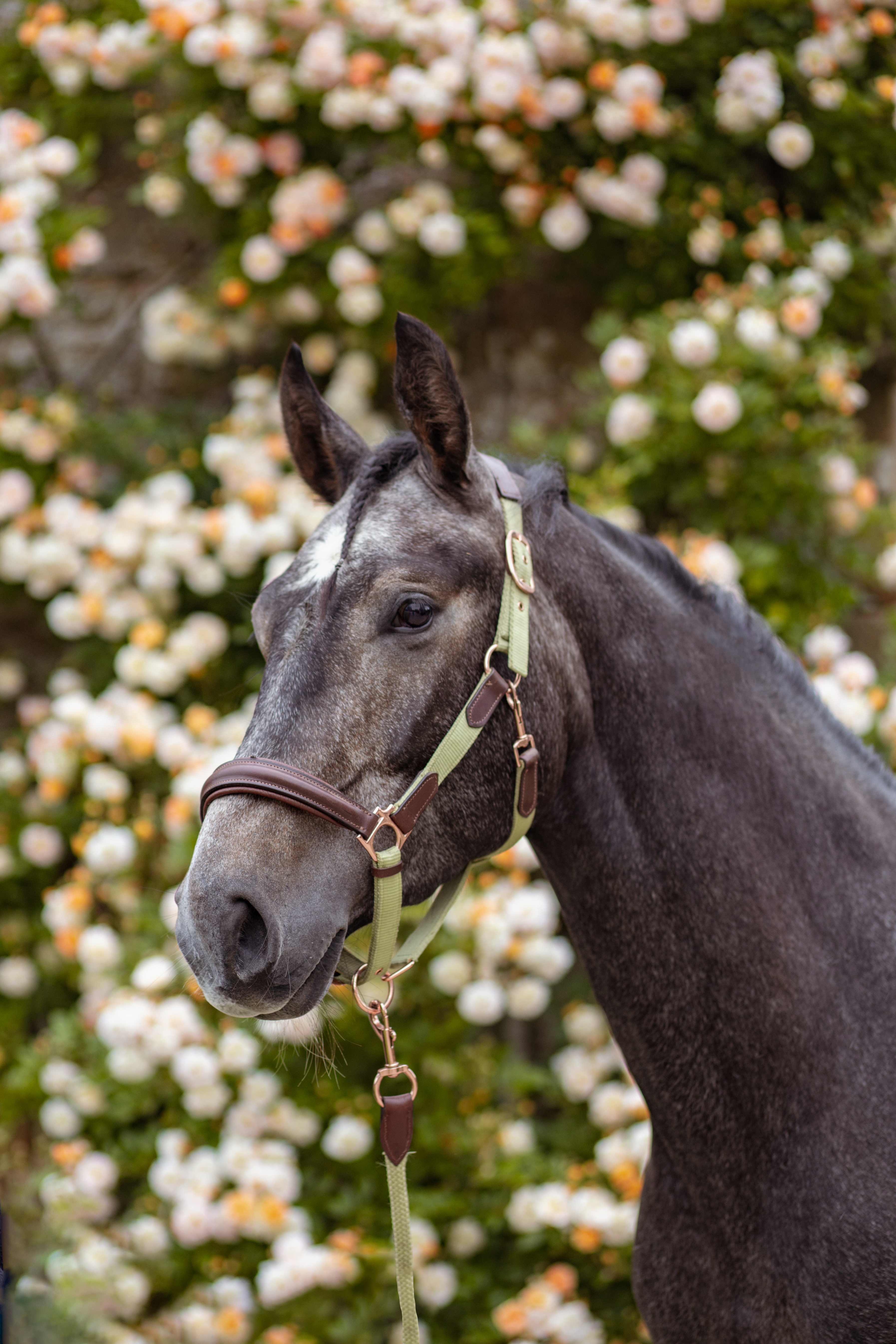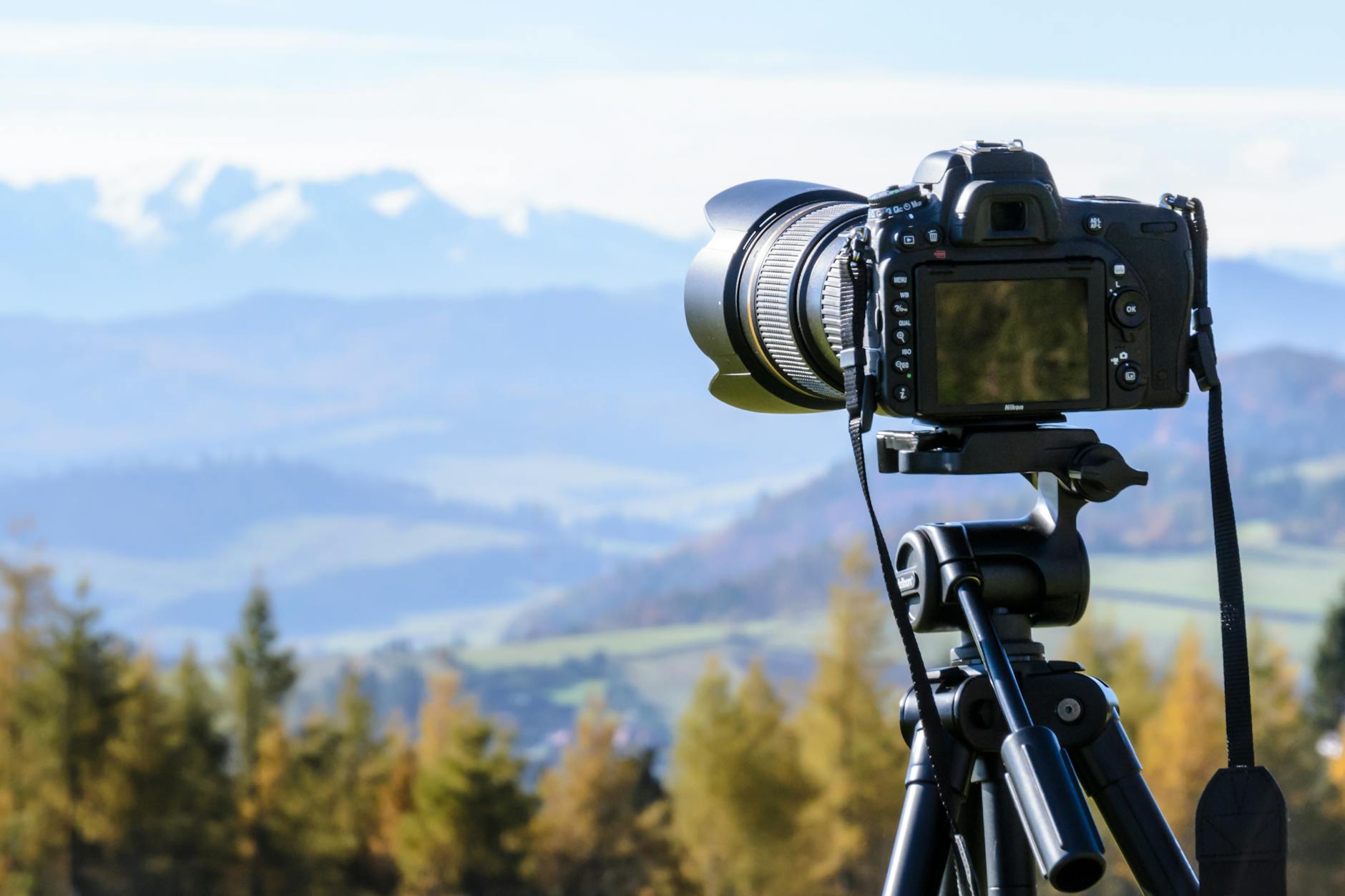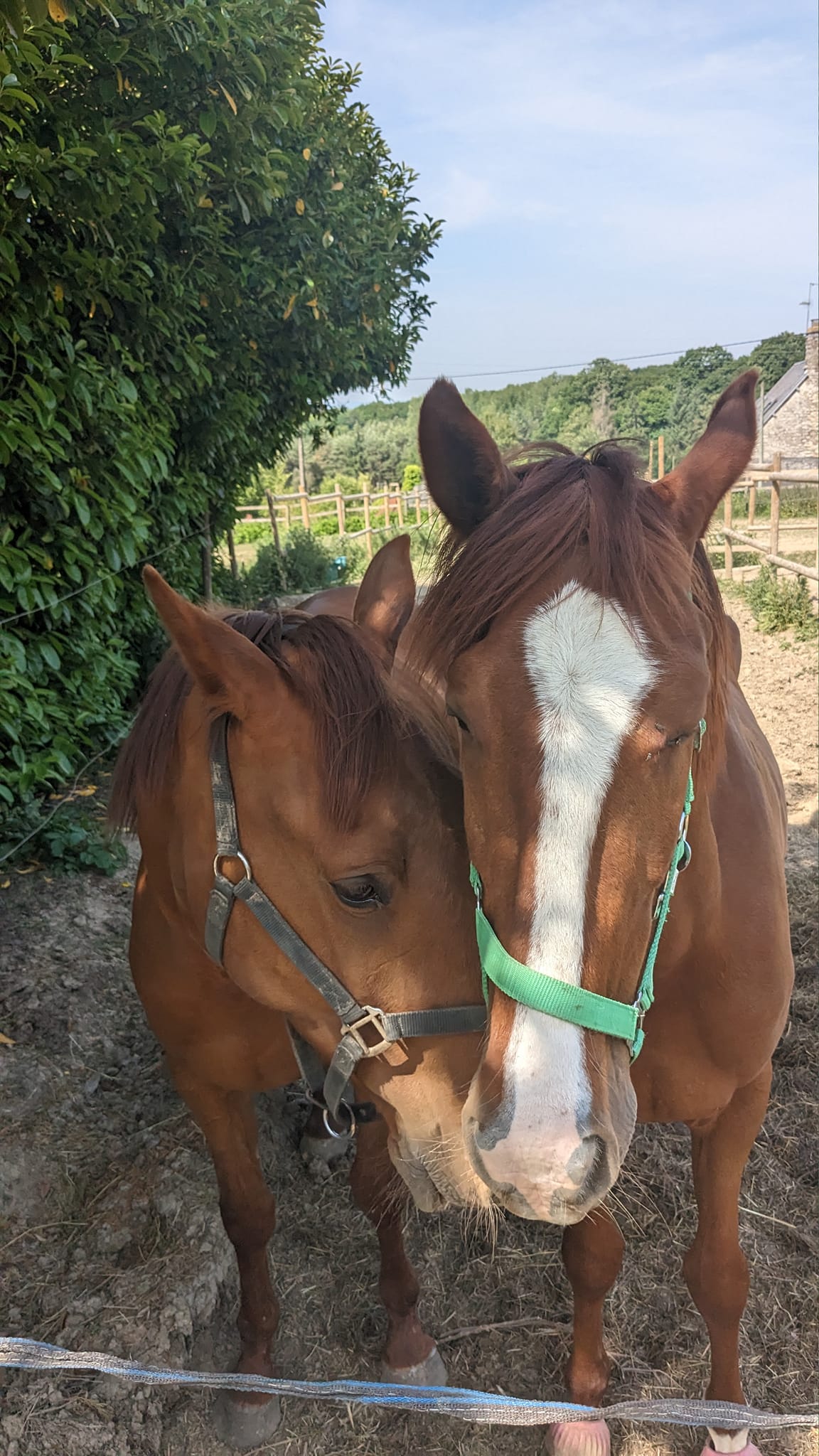Votre panier est actuellement vide !
Étiquette : personal

Equine Photography: Why Colour Matters
In Equine Photography, Colour Matters. In photography we are guided by the three C’s; Contrast, Composition, and colour. For portrait photographers, balancing colour to compliment skin tones is one of the main aspects, so why should equine image editing be any different?
In my last post, we cover a whole range of topics to get the basic ideas of photography. In this post, we delve a little deeper into the specifics. To truly be a master of your niche, you need to have the knowledge, as well as the experience. As a human, I am always learning. As a photographer, I am always developing style and experimenting. All artists need to branch out in order to stay inspired!
In this post:

Image of Cardhu, a bay horse. On the Left we see the original balanced photo taken on a fullframe digital camera. On the Right is the edited image focusing on the golden and red colours of the horse’s coat. Horse Colour Theory
Horse colour genetics are fascinating. We still don’t know everything to do with colour genealogy, but what we do know is already incredible. Let’s go over the basics as that’s all that we really need when it comes to Equine photography.
There are three basic coat colours. Black, Bay and Red (Chestnut). All other coat colours are from dilution genes and pattern genes, which show up in conjunction with the three basic colours. Grey horses hold a dominant trait, meaning that their colour will show through bay or red coats with one dominant gene. Whereas Red, chestnut horses are recessive meaning you need two genes to show this coat colour.
With the basic coat colours, you can get a mix of a horse appearing black with red genes, meaning in summer the horse’s mane and coat will lighten to a russet brown. A chestnut may have a slight black dilution to give them a coffee chestnut or liver chestnut coat colour.
A common dilution gene is the cream gene. The cream dilution in conjunction with the red coat leads to golden colours such as Palomino. Cream and bay create the darker buckskin with blackened points and a dark mane and tail.
Knowing about the basic coat colours and how the dilution genes work can really aid your photo editing and how to make coat colours shine in the most natural way possible.
Find out a more in-depth explanation here!

Red undertones in chestnut horses make editing a breeze. Equine Photography Colour Matters
Understanding the genetic makeup of horse coat colours can really boost your editing skills. Knowing what undertones the coats carry helps enhance the colours. Coincidently, you can flatten the colours too using traditional colour theory with complimentary colours.
Black horses can appear to be dark brown, and for owners that is a problem as they know their horse is not a bay! In removing the red tones, you can make sure your portrait shoot of a black horse stays black.


The same principle works for adding a slight tint to the subject. For Palomino coats, the genetic makeup requires a chestnut, or red base, so adding a slight red hue to the horse brings the colour out stronger. Of course, it is only a slight addition of colour. For the image below I added a 8% red overlay on the pony to deepen the palomino colour.


The same principle can be applied to grey horses too. Young grey horses are often chestnut or black in appearance or lose their colour in dapples. For black bases, a cooler tint on the coat can enhance the grey and white colour, whereas a warmer tint works well on warmer roan colouring.

Easy Editing
If you are interested in this concept but have no idea where to even start in Lightroom, I have created some coat-specific bundles, exactly for this in my store.
The store is always updating so keep an eye out for more coat specific bundles!

Photography A-Z
Let’s see how much camera vocabulary I can fit into the alphabet. Photography A-Z is a fun exercise and post to test knowledge, feel free to do your own and tag me! The answer is way too much so I have cut it down to the basic words and their meanings. I do reach a little with X and Y, fall flat at Q and make interesting choices all over.
What words would you have chosen in your photog alphabet? Leave me a comment below!

Photo by PhotoMIX Company on Pexels.com A
Aperture
The opening in the camera lens, that controls how much light enters the camera and how much of your image will be in focus.Aspect Ratio
The proportional difference between width and height. Typically 35mm film is 3:2.Av
Aperture Priority setting on a DSLR, sometimes written as AB
Bokeh
This is a technique using the aperture setting to create deliberate out-of-focus parts. Known to describe the quality of the out-of-focus parts. Learn how to do it here!Bracketing
This is where several shots are taken in short succession with various settings of the same subject. Usually, this is different shutters or apertures to create dynamic images.C
Crop Sensor
If you have a crop sensor camera, it means that the digital sensor is smaller than a full frame. The photos will be more zoomed in than images taken at the same focal length in a full frame.Canon
A brand that makes camera apparel.D
Depth of Field
Relates to the focus of the aperture.DSLR
Digital Single Lens Reflex. What most digital cameras with a mirror in are referred to as.Dynamic Range
The ratio between the largest and smallest values that a certain quantity can assume, such as light and dark, white and black.E
Exposure
How bright or dark an image is, refers to the combination of Aperture, Shutterspeed, and ISO.F
Filters
Used on the end of a lens to add effects or help with certain photography techniques.Flash
An external light source is used to add fullness and depth to a subject or assist in lighting.Focal Length
The distance is measured in millimeters (mm) between the optical centre of the lens and the sensor of the camera when it is focused at infinity.F-stop
This is what Aperture is measured inFull frame
Digital equivalent of the standard film size of 35mm.G
Grain
Originally grain was added during the developing process of the film with the silver solution, now an effect that can be added in editing.Golden Ratio
Refers to a composition guide to make a picture desirable. It is a mathematical ratio – two quantities are in the golden ratio if their ratio is the same as the ratio of their sum to the larger of the two quantities.H
HDR
High Dynamic Range. This can be achieved when using bracketing high and low values together.Histogram
A graph tool that shows tonal and exposure distrubution of pixels in an image.I
ISO
The sensitivity of the digital sensorJ
JPEG
A file format of high compression that can be used to store images.K
Kelvin
The temperature measurement light is measured within the White Balance.L
Leica
A brand of lenses that are perfect for mirrorless 4:3.Lumix
A brand under Panasonic that creates camera apparel.M
Macro
Close-up photography of subjects that make them larger than life-size.Half way there of the Photography A-Z!
N
Nikon
A brand that makes camera apparel.Noise
Distortions in an image made up of small dotsND
Neutral Density filters can be used in long-exposure photography, as well as in HDR bracketing.O
Optical body
This is what a camera lens is.P
Prime Lens
A lens with a fixed focal length. Common Prime lenses are 50mm, 85mm, and 400mm.Q
The Impossible letter – I have nothing for this one sorry!
R
RAW files
A file type that most photographers shoot in. It allows a large storage of data without losing quality in compression.Rule of Thirds
Read more about this rule here!S
Shutterspeed
How fast the shutter of the camera opens and closes to capture an image. This is measured in fractions of seconds.T
Telephoto
The name for a lens with a longer focal length.Tripod
An essential piece of kit for photographers who want to avoid hand shake in long exposure or portraits.Tv
The short setting for shutter speed priority is also written as S on some cameras.U
UV filter
A filter used to protect lenses from the sun. This doesn’t change an image at all, just protects your lens!V
Videography
Not photography… A recording of moving visual images, it uses the same base principles as photography with addition of movement and sound.W
White Balance
White balance is the camera setting that adjusts how colors are rendered in an image. This is measured in Kelvin (K). A camera has inbuilt presets for white balance. Represented by clouds, shade, sunshine, and interior light.X
X-offset
This one is reaching. When editing an image in post-production, you can use the vertical and horizontal axis of the image to fix distortion. The X-offset refers to the horizontal rotation of the x-axis.Y
Y – offset
Like the X-offset the Y-offset refers to the rotation axis to fix the distortion of an image in post-production.
Z
Zoom lens
The name some people call a telephoto lens with variable focal lengths.26 letters later and we made it! If you want to read more about basic photography, feel free to browse my photography tips here!

A Guide to Keeping Horses in France
Keeping Horses in France may seem daunting at first, but it need not be!
It’s about time I share with you one of my huge 2020 moments…
2020 was not too kind to people both physically and mentally, and I made the decision to adopt two young French Trotters, bringing horses back into my life. There have been ups and down in the process of owning horses in France and I have learned so much along the way and now feel confident enough to share with you all (the internet) things I wish I knew when I first brought the boys home.Luckily for me, Normandy is horse country, and keeping a horse here is not as difficult as it may seem. So let me introduce you to 2/4 of my horses!
This post will also mention finding a good vet, Farriers in France, and Livery vs Home Stabling!
(suite…)
